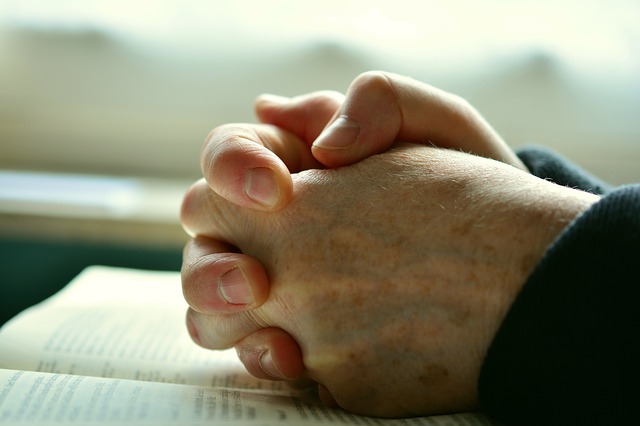Hypnosis Works Better Than Prayer as Pain Reliever
/By Pat Anson, PNN Editor
When it comes to relieving acute pain, praying to God for help isn’t nearly as effective as a single session of hypnosis or mindfulness meditation, according to an unusual new study.
Intrigued by research that found Muslim prayer rituals reduce pain, an international team of researchers recruited 232 healthy adults in Portugal to further study the effects of spirituality on pain.
Short-term acute pain was induced in all participants by wrapping their arms and hands in a cold compress for up to 5 minutes. After a rest period, participants listened to either a 20-minute recording of guided hypnosis, mindfulness meditation, or a passage from the New Testament followed by a short Christian prayer. A fourth group listened to a reading from a natural history book and served as a control group.
After listening to the recordings, acute pain was induced again with a cold compress, while participants had their pain intensity, pain tolerance, cardiac function and stress levels monitored.
The study findings, recently published in the Journal of Pain Research, show that hypnosis was effective in lowering pain intensity and raising pain tolerance, followed closely by mindfulness meditation. The benefits from Christian prayer (CP) were small and not considered statistically significant.
“The findings suggest that both single short-term hypnosis and mindfulness meditation training, but not biblical-based CP, may be viable options for effective acute pain self-management,” researchers reported. “The findings also suggest that hypnosis might be slightly more efficacious than mindfulness meditation, at least in the short-term, and perhaps especially among novice individuals with very limited hypnosis or meditation practice/training.”
The research team was somewhat surprised by the lack of results for Christian prayer, and think it may have been due to the complexity of the bible-based prayer. A shorter, simpler form of prayer may have worked better. Another factor was that only a third of the study participants described themselves as Christian, while a third said they were atheists or agnostics.
“It is therefore possible that the prayer used in this study might have had a larger beneficial effect among those describing themselves as Christian than those describing themselves as being in one of the non-Christian groups and have had little (or even opposite) effect on atheists and agnostics. For the latter, prayer might have been bothering or even distressing, leading the individuals to focus more on the pain and on the distress caused by prayer itself,” researchers said.
Could Hypnosis Replace Opioids?
Previous studies have found that hypnosis and mindfulness can reduce acute pain in hospitalized patients, and that hypnosis can relieve chronic pain for patients with irritable bowel syndrome (IBS), complex regional pain syndrome (CRPS) and other intractable pain conditions.
A new study published in The Journal of Molecular Diagnostics even suggests that hypnosis can be an alternative to opioids in relieving post-operative pain.
Researchers at Stanford University say genetics play a role in “hypnotizability” — the tendency of some people to respond to hypnosis more than others — and developed a molecular diagnostic tool to identify individuals who would benefit from hypnosis through their blood and saliva samples. They believe the tool could be used as a “point-of-care” test in a hospital setting to determine how patients are treated for pain. Depending on the test results, a patient recovering from surgery could get “hypnotic analgesia” as an adjunct or alternative to pain medication.
“It is a step towards enabling researchers and healthcare professionals to identify a subset of patients who are most likely to benefit from hypnotic analgesia,” said co-lead investigator Jessie Markovits, MD, Department of Internal Medicine, Stanford School of Medicine.
“Precision medicine has made great strides in identifying differences in drug metabolism that can impact medication decisions for perioperative pain. We hope to provide similar precision in offering hypnosis as an effective, non-pharmacological treatment that can improve patient comfort while reducing opioid use.”








